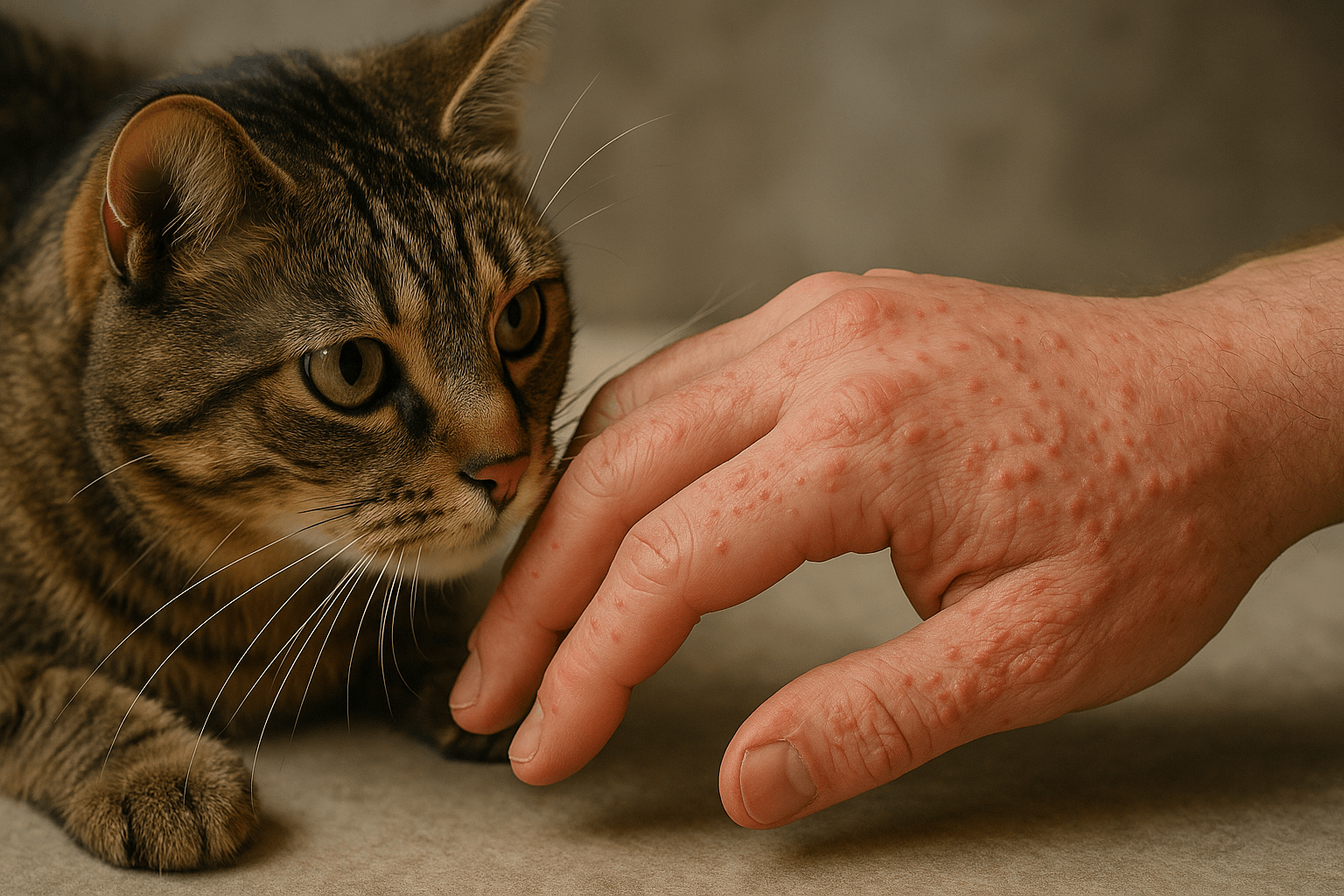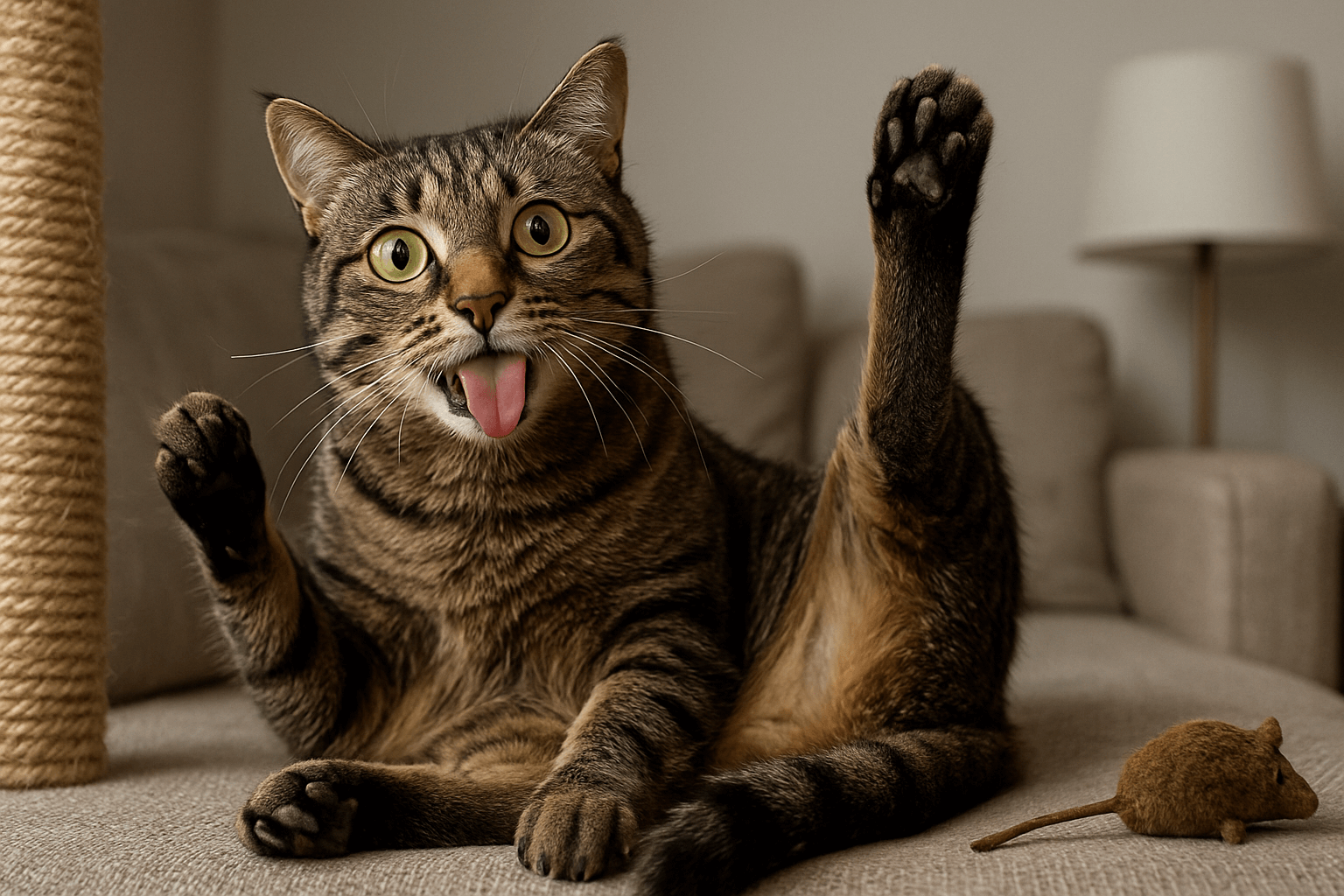How Big Is a Dogs Brain? Exploring the Canine Mind
When it comes to understanding our furry companions, their brain size and structure play a fascinating role in shaping their behavior, intelligence, and emotional depth. Have you ever wondered, how big is a dog’s brain ? While dogs may not have the same cognitive capacity as humans, their brains are uniquely adapted to their needs, enabling them to form strong bonds, learn commands, and navigate the world around them. In this blog post, we’ll dive into the science behind a dog’s brain size, compare it to other animals, and explore how it influences their abilities. Whether you’re a curious pet owner or simply fascinated by animal biology, this guide will shed light on the remarkable canine mind.
Understanding the Size of a Dog’s Brain
A dog’s brain is relatively small compared to that of humans, but its size and structure are perfectly suited for their lifestyle. To better understand the dimensions and proportions of a dog’s brain, let’s break it down into key facts:
The average dog brain weighs about 1.2% of their total body weight
Smaller breeds tend to have proportionally larger brains relative to their body size
Larger breeds like Great Danes have bigger brains by volume but smaller ratios compared to toy breeds
A dog’s brain is roughly the size of a lemon or a large egg
The cerebral cortex, responsible for learning and problem-solving, makes up about 10% of a dog’s brain
These insights highlight the fascinating balance between brain size and function in dogs. Despite their smaller brains, dogs are capable of impressive feats of memory, emotion, and communication, proving that size isn’t everything when it comes to intelligence.
How Does a Dog’s Brain Compare to Other Animals?
To truly appreciate the uniqueness of a dog’s brain, it helps to compare it to other animals. While dogs aren’t the smartest creatures on the planet, their brain-to-body ratio and specialized functions set them apart. Here’s how they stack up against other species:
Dogs have a brain-to-body ratio of 1:125, which is higher than most carnivores like lions or tigers
Compared to cats, dogs have slightly larger brains, though both species excel in different areas
Dolphins and primates have significantly larger brains relative to body size, giving them advanced cognitive abilities
Birds like crows and parrots often outperform dogs in problem-solving tasks despite having much smaller brains
Rodents like rats have tiny brains, yet they exhibit remarkable adaptability and survival instincts
This comparison shows that while brain size matters, it’s not the sole determinant of intelligence. Dogs may not top the charts, but their unique skills make them exceptional companions.
Check this guide 👉Dog Brain vs Human Brain: Best 7 Expert Tips!

Animal | Brain-to-Body Ratio |
|---|---|
Dog | 1:125 |
Cat | 1:150 |
Human | 1:40 |
Dolphin | 1:50 |
Mouse | 1:600 |
What Does a Dog’s Brain Control?
A dog’s brain is responsible for a wide range of functions, from basic survival instincts to complex emotional responses. Understanding these roles can deepen your appreciation for your pet’s behavior. Here’s what a dog’s brain controls:
Sensory processing, such as sight, smell, and hearing
Motor skills and coordination for movement
Memory retention and recall of learned behaviors
Emotional regulation, including feelings of joy, fear, and attachment
Decision-making and problem-solving during daily activities
Each of these functions works together to create the loyal, loving, and intelligent companion we know and adore. By recognizing the complexity of their brain’s operations, we can better understand why dogs act the way they do.
Fun Facts About a Dog’s Brain
The canine brain is full of surprises, and there’s always something new to learn about how it works. Here are some fun and intriguing facts about a dog’s brain:
Dogs have a heightened sense of smell due to a large olfactory bulb in their brain
Their brain processes emotions similarly to a two-year-old human child
Dreaming is common in dogs, and their brain activity during sleep mirrors ours
Certain breeds, like Border Collies, are known for having “smarter” brains due to selective breeding
Dogs can recognize human faces and voices thanks to specialized brain regions
These facts reveal just how remarkable a dog’s brain truly is. From their ability to dream to their uncanny knack for understanding us, dogs continue to amaze us with their mental capabilities.
The Role of a Dog’s Brain in Learning
Dogs are highly trainable animals, and their brains play a crucial role in their ability to learn commands, tricks, and behaviors. Understanding how their brain processes information can help you become a better trainer and companion. Here’s what you need to know:
The hippocampus is responsible for memory formation, helping dogs remember commands
The prefrontal cortex controls impulse control, which is essential for tasks like “stay”
Positive reinforcement activates the reward center, making learning more effective
Dogs rely heavily on associative learning, linking actions with outcomes
Repetition strengthens neural pathways, reinforcing learned behaviors over time
By tapping into these brain functions, you can create a training plan that works with your dog’s natural abilities. A deeper understanding of their learning process will strengthen your bond and make training sessions more enjoyable for both of you.
How a Dog’s Brain Processes Emotions
Emotions are a key part of a dog’s life, and their brain is wired to experience feelings much like humans do. This emotional capacity is one of the reasons dogs make such loyal companions. Here’s how their brain processes emotions:
The amygdala regulates fear and aggression, influencing their reactions to threats
Oxytocin, often called the “love hormone,” is released during interactions with trusted humans
The limbic system governs basic emotions like happiness, sadness, and excitement
Dogs can feel jealousy, as evidenced by studies on their reactions to unequal treatment
Empathy is possible in dogs, as they can sense and respond to human emotions
These emotional responses highlight the depth of a dog’s inner world. By acknowledging their feelings, we can build stronger, more compassionate relationships with our furry friends.
Ways to Stimulate Your Dog’s Brain
Keeping your dog’s brain active is just as important as physical exercise for their overall well-being. Mental stimulation not only prevents boredom but also enhances cognitive function. Here are some ways to engage your dog’s mind:
Puzzle toys challenge their problem-solving skills and keep them entertained
Scent work taps into their natural instincts and sharpens their olfactory abilities
Teaching new tricks encourages mental agility and strengthens your bond
Interactive games like hide-and-seek stimulate their curiosity and focus
Rotating toys regularly keeps their interest fresh and prevents monotony
Ways to Stimulate Your Dog’s Brain
Keeping your dog’s brain active is just as important as physical exercise for their overall well-being. Mental stimulation not only prevents boredom but also enhances cognitive function. Here are some ways to engage your dog’s mind:
Puzzle toys challenge their problem-solving skills and keep them entertained
Scent work taps into their natural instincts and sharpens their olfactory abilities
Teaching new tricks encourages mental agility and strengthens your bond
Interactive games like hide-and-seek stimulate their curiosity and focus
Rotating toys regularly keeps their interest fresh and prevents monotony
Providing mental enrichment ensures your dog stays sharp and happy throughout their life. With a little creativity, you can turn everyday activities into opportunities for brain-boosting fun.
FAQ
How big is a dog’s brain compared to a human’s?
A dog’s brain is about the size of a lemon, whereas a human brain is roughly the size of a cantaloupe.
Do smaller dogs have smaller brains?
Yes, but their brain-to-body ratio is often larger than that of bigger dogs.
Can a dog’s brain grow over time?
No, a dog’s brain stops growing after adolescence, but their cognitive abilities can improve with training.
Why do dogs have such a strong sense of smell?
Their olfactory bulb, the part of the brain responsible for processing smells, is significantly larger than in humans.
Are some dog breeds smarter than others?
Yes, breeds like Border Collies and Poodles are often considered more intelligent due to their trainability and problem-solving skills.
Conclusion: Celebrating the Wonders of the Canine Brain
The question of how big is a dog’s brain opens the door to a world of discovery about our beloved pets. While their brains may be small in comparison to ours, they are incredibly efficient and specialized, allowing dogs to thrive as companions and working animals. From their emotional depth to their problem-solving abilities, dogs prove that intelligence isn’t solely determined by size. As pet owners, understanding the intricacies of their brain helps us appreciate them even more. So next time you gaze into your dog’s eyes, remember—you’re looking at a truly remarkable mind.
Canned Pumpkin for Cat Diarrhea: Best 7 Expert Tips! Natural remedy to firm stools, soothe upset bellies, and support gut health safely.
Can a Cat Give You Scabies? Best 7 Expert Tips! Discover the truth about feline mites, human skin risks, and how to protect yourself—without panic.
Cat Flea vs Human Flea: Best 7 Expert Tips! Discover the truth about bites, species, and how to eliminate infestations for good.
Weird Cat Behaviors: Best 7 Expert Tips! Discover why cats do strange things—and how to understand, not punish, their instincts for a happier home.





